Educational Trip to Iceland For International Schools
Explore the unique flora and fauna of Iceland. Discover one of the world’s leading nations for sustainable energy and get close up to volcanoes.
Subjects covered
Cultural
Geography
STEM
CAS
Our tailor-made packages include...
Choose your excursions
Students have the opportunity to experience the unique and invigorating waters at the Blue Lagoon geothermal spa. Set in the middle of a black lava field on the Mid-Atlantic Ridge’s Western Volcanic Zone students can enjoy a dip in the mineral-rich waters. This is a man-made spa using the naturally heated water created as a bi-product of a nearby geothermal power station. It is Iceland’s most popular visitor attraction.
Þingvellir is a tectonic rift valley occurring at a constructive plate boundary formed from oceanic crust. Here the Eurasian plate moves eastwards at approximately 7mm per year and the North American plate moves westwards 3mm per year. A lake fills much of the valley. Walk through the Almannagjá fault towards Europe’s oldest national legislative assembly, the Icelandic Parliament dating from 930. Trek through the rugged scenery and explore this site of geological and historical importance.
Kerið lies on the Mid-Atlantic Ridge’s Western Volcanic Zone, where the plate boundary has divided into eastern and western sections. The crater was formed almost 3000 years ago when volcanic activity caused magma to drain out of the volcanoe and the cone collapsed. The level of the lake inside the crater rises and falls with changes in the water table and the lake freezes over in winter.
Known as the ‘Golden Falls’, Gullfoss is Iceland’s most famous waterfall. A sight of natural beauty, students will notice the brownish colour of the glacial water caused by the sediments carried in the flow.
This is a geothermal area on the mid-Atlantic Ridge’s western volcanic zone with geyser, mudpools and hot springs. This is one of the most visited sites in Iceland. The rhyolite bedrock one kilometre beneath this site is at temperatures of 240°C. The famous Strokkur geyser erupts water and steam every few minutes reaching heights over 20m. The Icelandic word geysir has been adopted into the English language as geyser.
Seljalandsfoss and Skógafoss are two of the most noteworthy waterfalls in Iceland. These picture postcard waterfalls have a drop of around 60 meters and are a must see addition to your trip. Both Falls are from cliffs which are a former coastline, today the coastline is several kilometres away.
The small isolated settlement of Vik is a vital commercial centre for the rural communities of southern Iceland and is also a tourist hub. The dramatic coastline here is formed from sediments washed out from the mountains in subglacial eruptions eroded by powerful Atlantic waves . The cliffs are a nesting site for various birds including puffins. The Katla volcano lies to the north so the community has to manage this natural hazard.
See the expansive Sólheimajökull Glacier which stretches for approximately 8 kms with a maximum width of 2 kms. This valley glacier is a tongue descending from the Mýrdalsjökull ice cap. A guided walk on the glacier with specialist equipment allows students to truly experience this natural formation. Students will be able to recognise the scent of sulphur reminding them of the volcanic nature of this area.
Learn more about Volcano Hekla through a collection of films, photos and displays that explores the history of its eruptions. Located near the volcano, students will be able to see the symmetrical cone disappear high into the clouds leading to its name, ‘the hooded volcano’.
The longest river in Iceland, Þjórsá, cuts its way through the Thjórsárdalur Valley where it meets a contrasting landscape of lava-covered highlands, unique rock formations and springs. Across from the pink-toned pseudo crates and lava crags, students will see a turf-and-stone walled replica of a farm from the Viking age.
Stop off at Hjálparfoss waterfall, located in the lava fields just north of Hekla. Grab a picture of the waters of Fossá meeting in the basin of Hjálparfoss before seeing the hydroelectric power station at the foot of Mount Búrfell.
Visit the town of Hveragerdi, known for its greenhouses heated by the water gathered from the volcanic hot springs. Due to the existence of hot springs, horticulture has become a key sector of the local economy.
Reykjavík is home to 130,000 people, more than one third of the inhabitants of Iceland and 60% of all tourist stays in the country are in the capital. Attractions include the harbour zone, distinctive Harpa concert hall, the hilltop modern Hallgrímskirkja (Hallgrím’s Church), a range of sculpture and art installations, shopping streets with distinctive bars, restaurants and shops in characteristic architecture. The city is a great place to study tourism, urban planning and transport management, sustainability, coastal defense management and migration.
Skógar Museum provides students with an insight into how Icelanders lived in the past, a history of the island’s inhabitants and the small turf houses used by the residents.
The Iceland Volcano and Earthquake Centre, LAVA, is new for 2017 and provides school groups with an interactive and educational centre dedicated to the unique volcanoes and geology of Iceland. Explore the history of eruptions on the island and experience a simulation allowing students to gauge the impact of volcanic activity.
Stop at the largest geothermal power station in the world allowing students to witness Iceland’s pioneering work into sustainable energy. Over 99% of Iceland’s energy comes from renewable sources such as geothermal power, producing over 300MW of electricity. Boreholes drill down to 3000m, where temperatures are at 300°C.

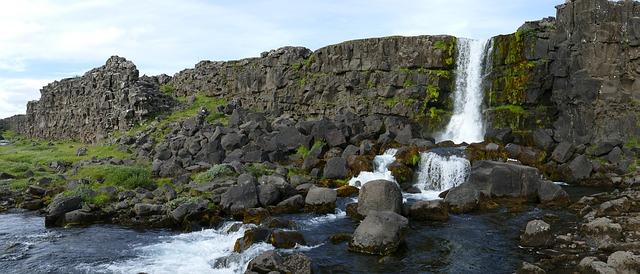
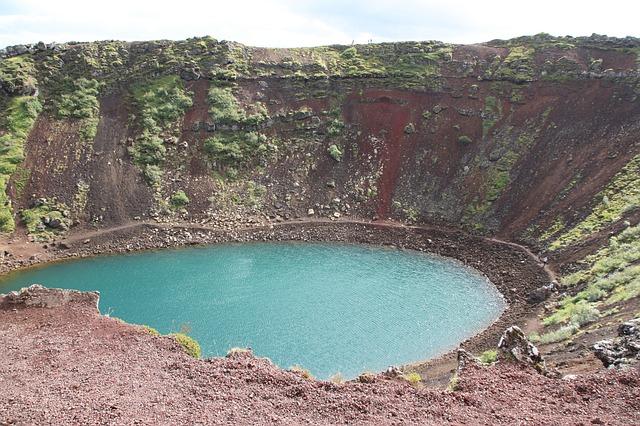
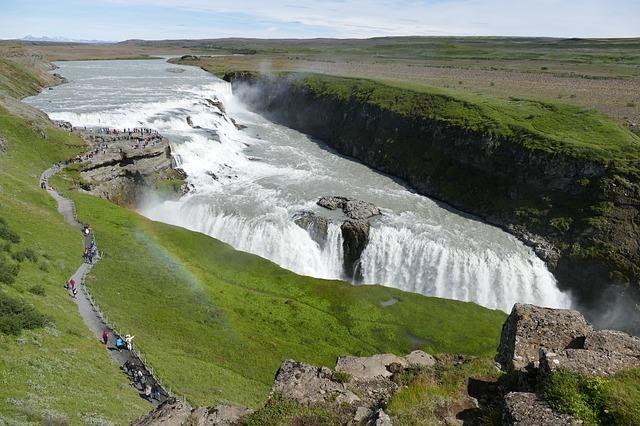
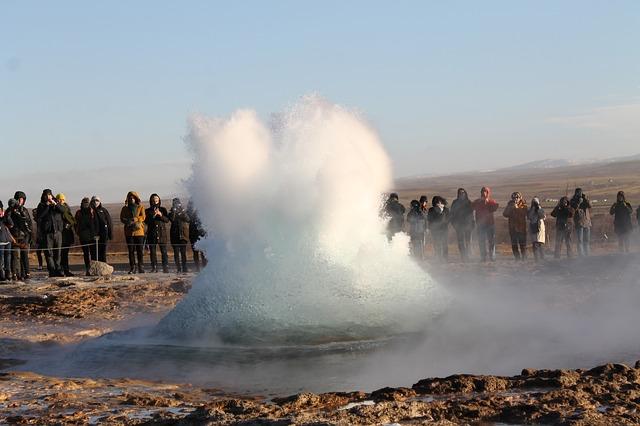
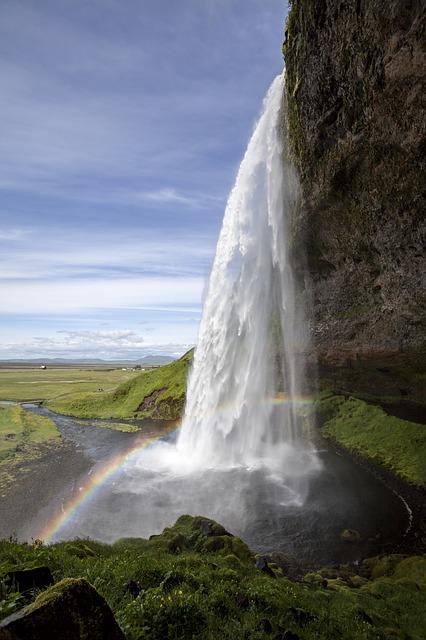
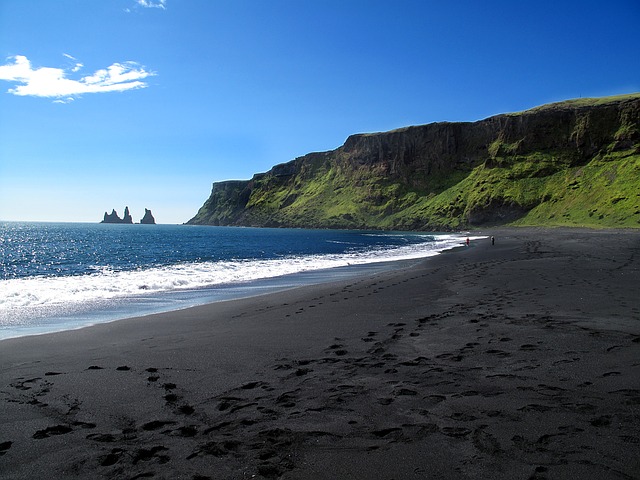
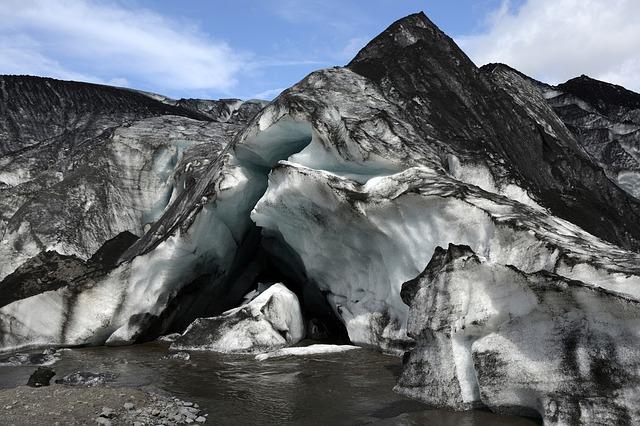
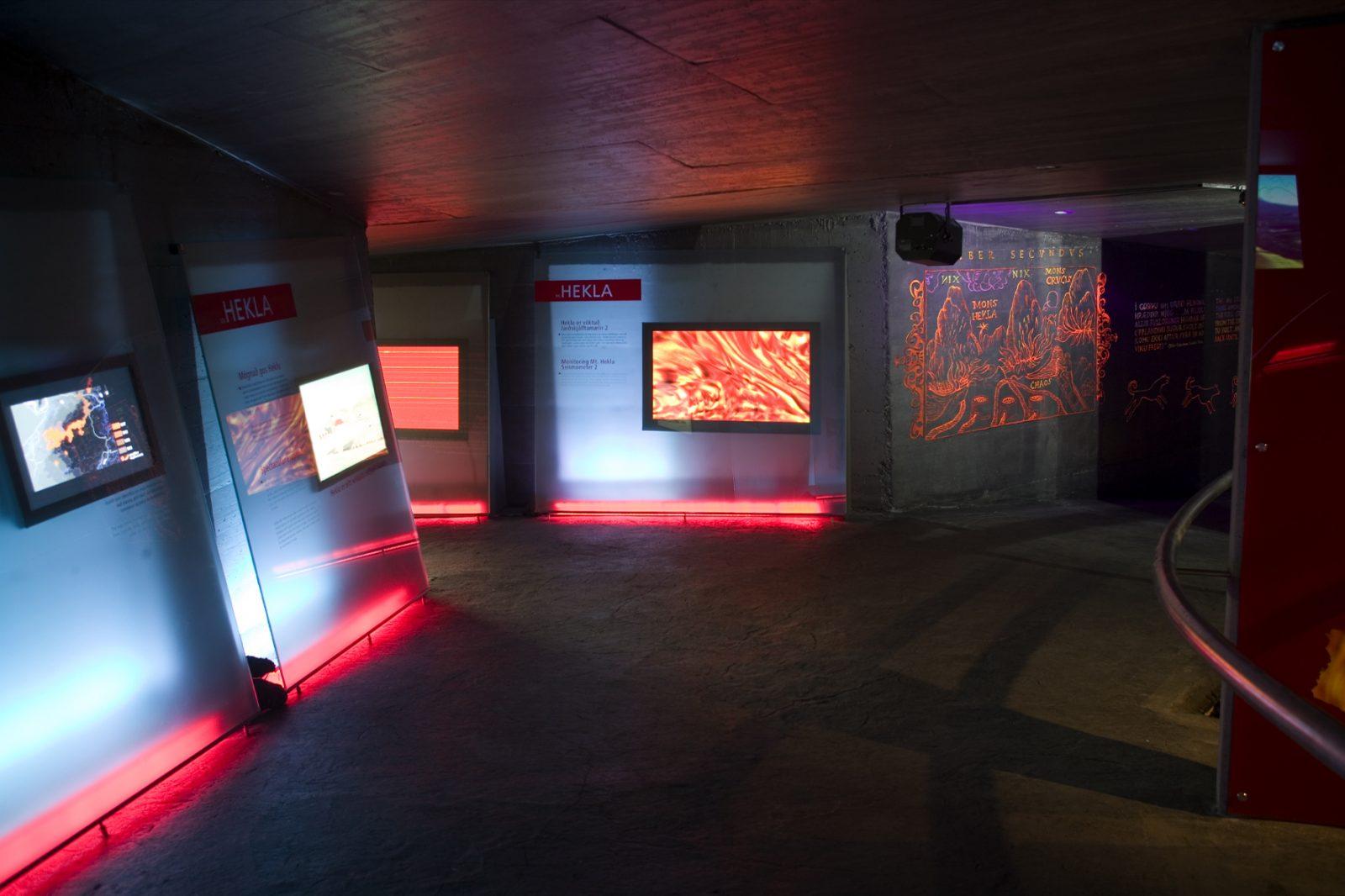


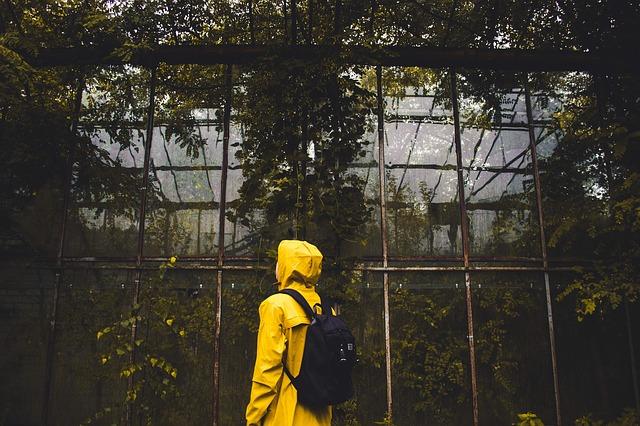
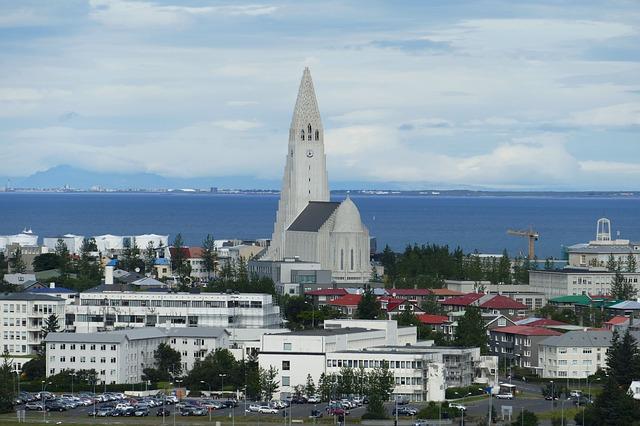

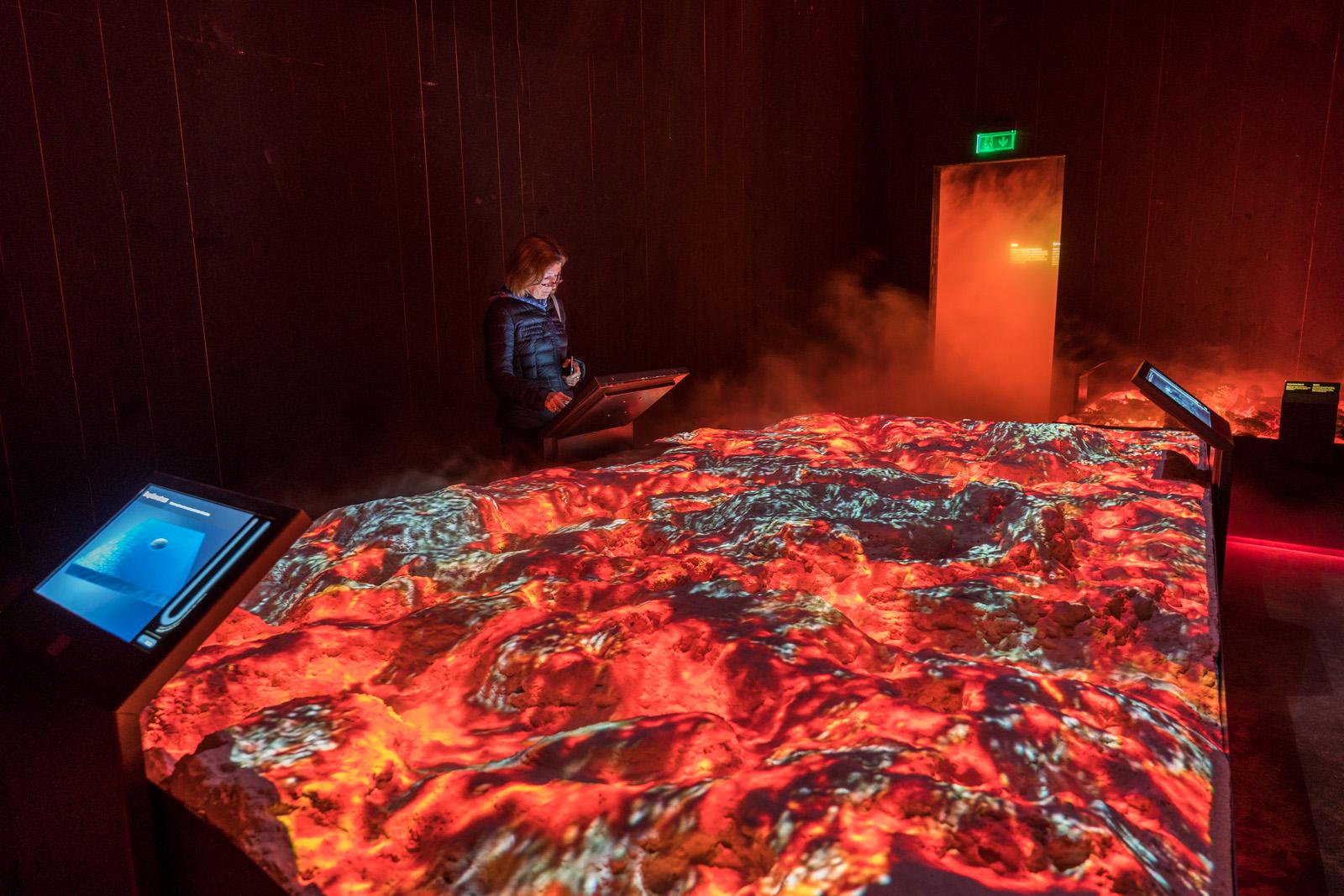
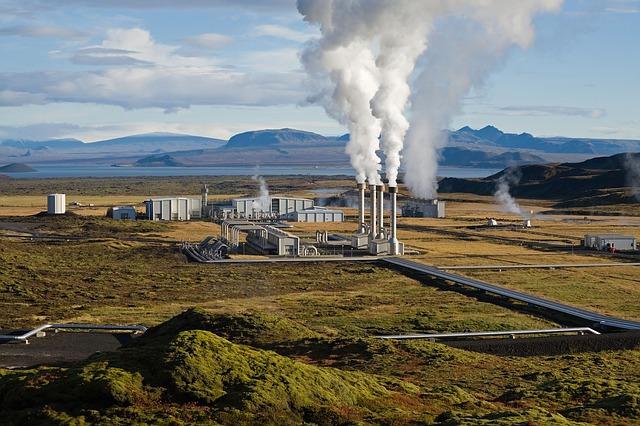
Typical accommodation
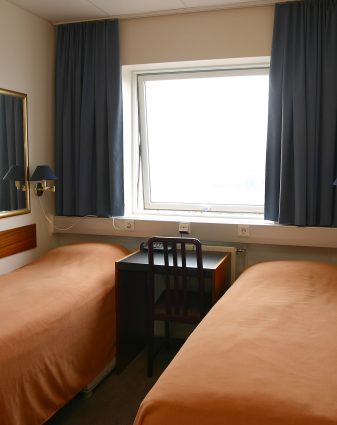
Why groups like it:
Facilities:

Why groups like it:
Facilities:




